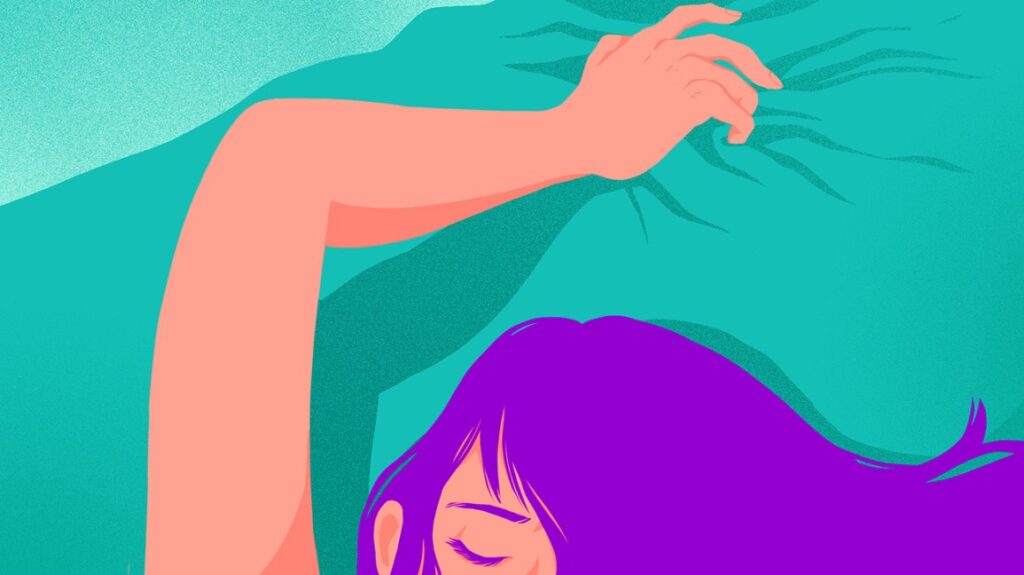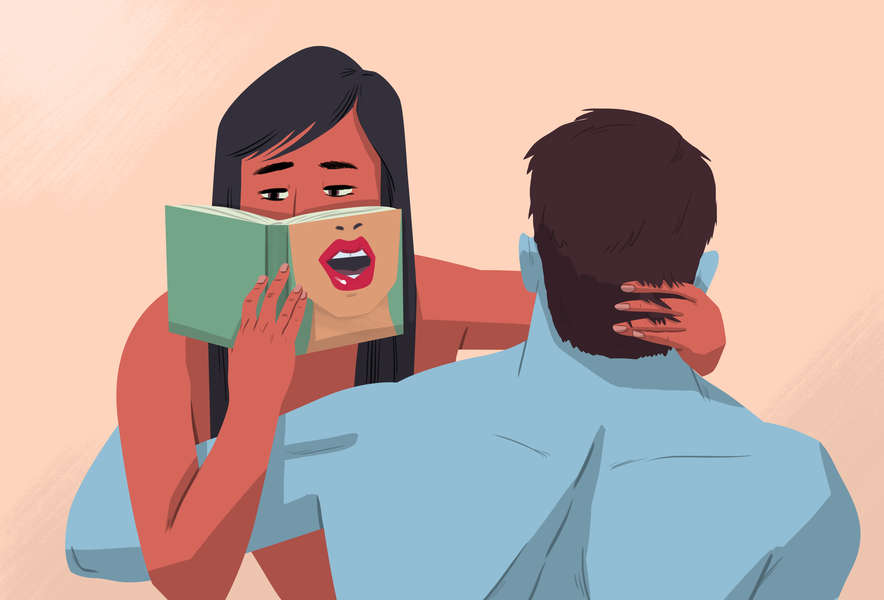Female Pleasure – Mind The Orgasm Gap!
As a young girl raised in a conservative country, I grew up believing that sex was sinful. Sinful enough for it to be pushed under the rug for all my adolescent years. Sinful enough to make intimate movie scenes with parents awkward and embarrassing. Sex was always considered a Pandora’s Box in the society where I’m raised. Once opened, it can destroy your life. It can “distract” you and gravitate you towards drug abuse, sexual assault, and whatnot. The funny part is, this Pandora’s Box analogy has always almost exclusively applied to females. Men? Oh, men will be men, you know. Men are meant to be ferocious animals with an infinite, incomprehensive sex drive.
I’ve often been told that we are a sum of our experiences, Gestalt Psychology, and much more. So naturally, all I believe is the direct product of the content I consume and the diverse opinions I hear. I have always loved watching movies and making a long commitment to lengthy TV shows. Surprisingly, in all the multimedia content I had consumed, women were shown a low sexual appetite. At the same time, men were displayed with a predatory, unsatiating one. And after every sexual encounter in the movie, the female character was often left unsatisfied. Whether that meant faking an orgasm or simply leaving devoid of a positive sexual experience. The only time women looked enthusiastic after a sexual encounter was one aimed toward impregnating the woman. A woman’s apparent maternal instincts have often been glorified, and their sexual drive neglected or undermined.

Pop culture and orgasm gap
It wasn’t until last year when the pandemic hit, and I had more time to catch up with dear old pop culture. This was when I discovered that women enjoy sexual activity, at least enough to write songs about it (Alexa, play WAP by Cardi B!). Frankly, I don’t blame myself. Some women may find sex uncomfortable and painful but still engage in it to satisfy the male desire or to fit within the norm. So if biologically, men and women are made to enjoy sex, statistically, why is there an enormous difference in the degree to which they enjoy sex?
The orgasm gap is what fascinated me. It refers to the fact that in heterosexual sexual encounters, men have more orgasms than women. In comparison between homosexual and heterosexual relationships, lesbian women tend to have more orgasms than women with a male partner. Not surprisingly, women can achieve an orgasm way earlier when they masturbate than when with a male partner. The common link between all these findings is the presence of a penis. I can’t help but wonder why an orgasm gap exists, especially when sexual reproduction will always tie the two together. Why is it that men tend to have more pleasurable sexual experiences than women?

The biological and social roots
My first guess was there being a biological difference in the human anatomy. However, did you know the clitoris in women is the only organ whose only function is to provide pleasure through stimulation? So while men may biologically have a higher sex drive, women are blessed with the powerful organ. The sole purpose of this organ is to experience and give pleasure. So maybe, the orgasm gap exists not because of what’s between the legs but because of what’s in the head.
There are a large host of cultural problems that cause the orgasm gap. As a society, we tend to overvalue penetrative sex. For most people, sex would mean penis-in-vagina sex or penetrative sex. Contrary to popular belief, a large percentage of females DO NOT orgasm by penetrative sex. And to date, numerous men and women are unaware of the role of the clitoris in sexual pleasure. Only 6% of women orgasm consistently during penile sex. The entire association of pleasure with penetrative sex exclusively glorifies male pleasure. It sadly fails to take into account the sexual needs and pleasure of women.
Most nicknames for clitoris (cunt, pussy, etc.) are used in derogatory and deflating situations. More evidence for our cultural overvaluing of penetration is found in media images. You don’t have to look far to see media images of women having mind-blowing orgasms from intercourse alone. Mainstream porn is also extremely androcentric and hardly ever focuses on women. Hence men and women grow up thinking that sex is an experience pleasurable solely for males.

Pain during sex
Research shows that 30 percent of women report pain during vaginal sex, 72 percent report pain during anal sex, and “large proportions” don’t tell their partners when sex hurts. Have women been encultured to sit through painful sexual experiences quietly? After all, painful sex is not an outlier or an anomaly. A large proportion of women have reported painful experiences or have experienced vaginismus due to their nervous anticipation towards the painful experience. In an interesting article, it was reported that when men said they had ‘bad sex,’ it usually means boring sex; however, when women reported bad sex, they actually meant sex that was painful.

How our culture shapes female pleasure
To further add, our cultural beliefs also impact the science and research that has the potential to help us. The number of trials being conducted to study male sexual problems such as erectile dysfunction is vastly more than studies conducted on female sexual health problems such as vaginismus, vulvodynia, etc.
Women have not been taught to enjoy sexual activity and feel comfortable during sexual activity. Or at least not voice out their discomfort. This discomfort and denial result from years of devaluation and undermining of a female comfort and sexual appetite. This oppression also manifests in low self-esteem and a negative sense of one’s body which often limits one’s comfort and pleasure in bed. ‘Desirable women’ are considered to be those with a small waist and a big butt. However, when this sense of being the ideal, desirable woman clashes with the real self, whose body might mildly or significantly vary from this description, women tend to feel conscious, unaroused, and uncomfortable. This is not just with the contact of another’s skin but also on their own.
Furthermore, for the longest time, I had been left with the assumption that men were the only ones who masturbate or for whom masturbation was normal. You see, historically as well, our culture stigmatizes female pleasure, discouraging women from exploring our sexualities or masturbating. This leads to internalized shame, making it difficult for many women to speak up about what they’re feeling. It doesn’t only just boil down to pleasure. Exploring one’s own body and understanding what one likes helps to further healthy communication, set boundaries, and learn to voice out one’s discomfort.

Conclusion
At every turn, women are taught that their “image” depends on one’s reaction rather than actions of their own. We are not who we think we are; we are who they think we are, right? Combatting cultural stigmas against female pleasure is the main key to bridging the orgasm gap. Fostering healthy conversions and providing comprehensive sexual education is what will drive us to achieve the same.
Graphic design by: Itti Mahajan
